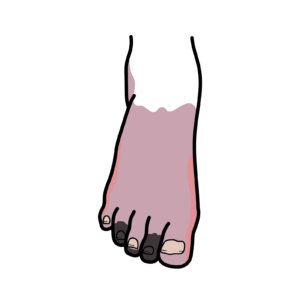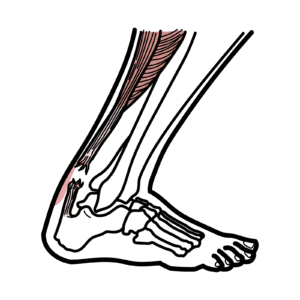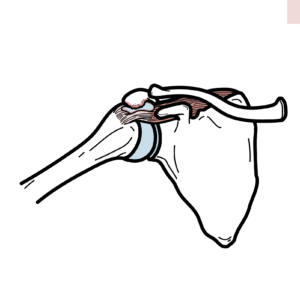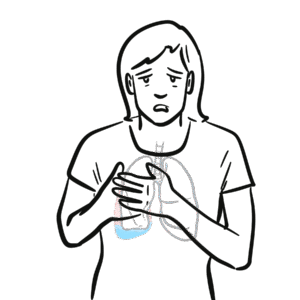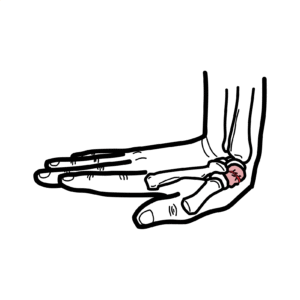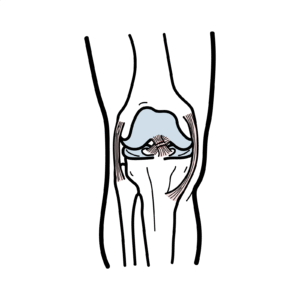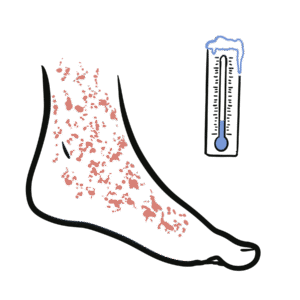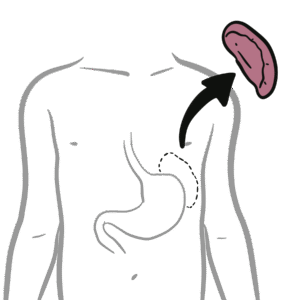Vitamin B12 Digestion and Absorption & Pernicious Anaemia
Vitamin B12 absorption explained: learn how intrinsic factor, R‑binder (haptocorrin/transcobalamin I), and ileal receptors enable cobalamin uptake and why pernicious anemia blocks it. This clear walkthrough covers vitamin B12 (cobalamin) sources, gastric digestion, and the molecular steps that let B12 enter the bloodstream.
Watch to understand how dietary B12 from meat, eggs, fish, and dairy is freed in the stomach by pepsin and hydrochloric acid, bound first to the R‑binder, then transferred to intrinsic factor in the duodenum, and finally absorbed in the ileum via intrinsic factor receptors. Learn the roles of parietal and chief cells, pancreatic proteases, and plasma transport proteins (transcobalamin II for tissue delivery vs. transcobalamin I which sequesters most circulating B12).
Discover why B12 is vital for DNA/RNA synthesis, red blood cell production, myelin (nerve) maintenance, and homocysteine regulation, and recognize deficiency signs: anemia, fatigue, numbness, tingling, weakness, breathlessness, and neurological symptoms. The video also explains common causes of deficiency—dietary lack, GI inflammation or infection—and dives into pernicious anemia’s autoimmune mechanism: dendritic cell presentation of H+/K+ ATPase antigens, CD4 T cell activation, and autoantibody-mediated destruction of parietal cells, intrinsic factor, or ileal receptors, leading to impaired absorption.
Gain practical insight into diagnosis and the biological basis for treatment approaches; ideal for medical students, clinicians, and anyone wanting a concise, clinically relevant review of B12 physiology and pernicious anemia. Watch now to solidify your understanding and spot deficiency early.







